Project and operational readiness for mining projects – Part two: Business management structures
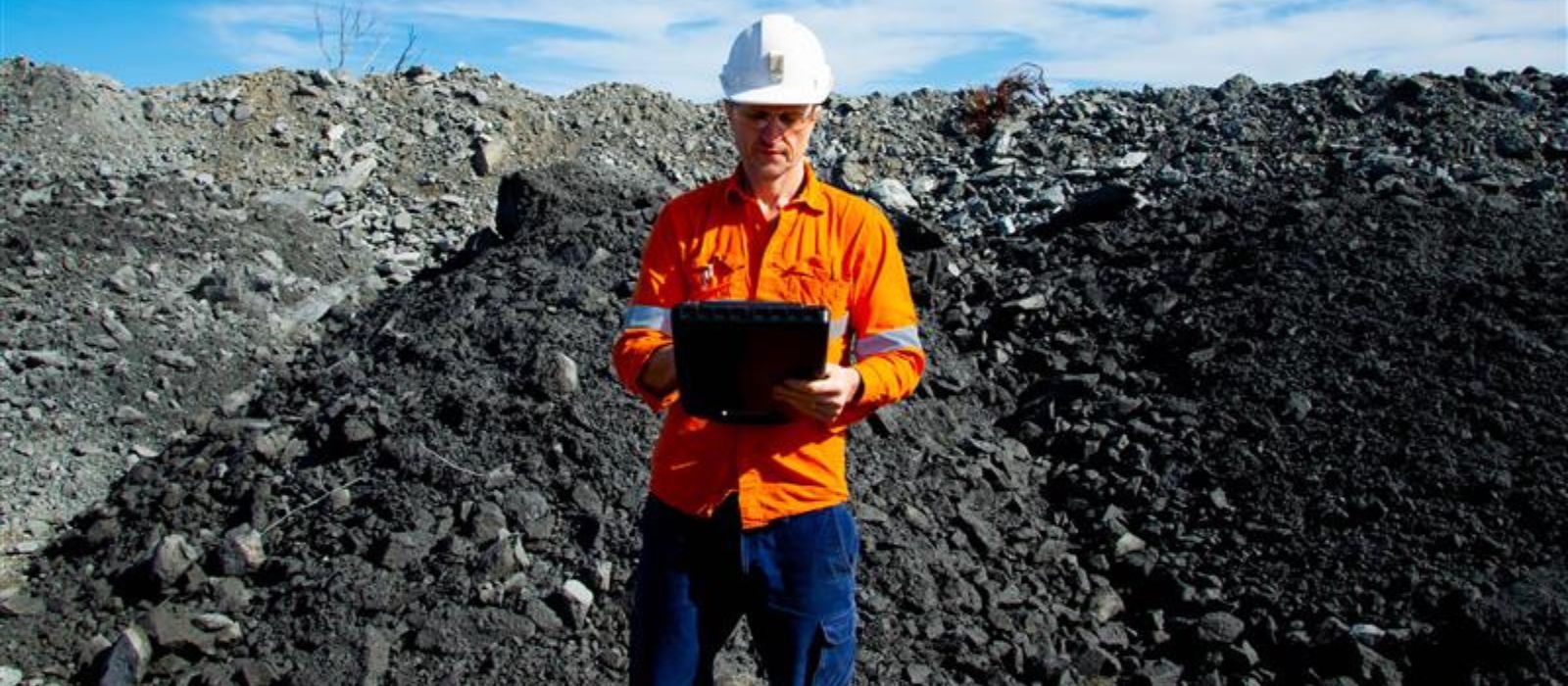
This is Part Two of an article on project and operational readiness for mining projects. Part One defined key terms, the capabilities required to support project execution and operations, and addressing performance issues. This article outlines the connection between readiness (both project and operational) and establishing the underlying logic for a business management structure for a project.
Figure 5 shows the relationships between an owner’s operating framework, the development of an operating philosophy, the selection of an operating model for a project/operation, and the definition of management systems needed by a project owner for project implementation and to commence operations.
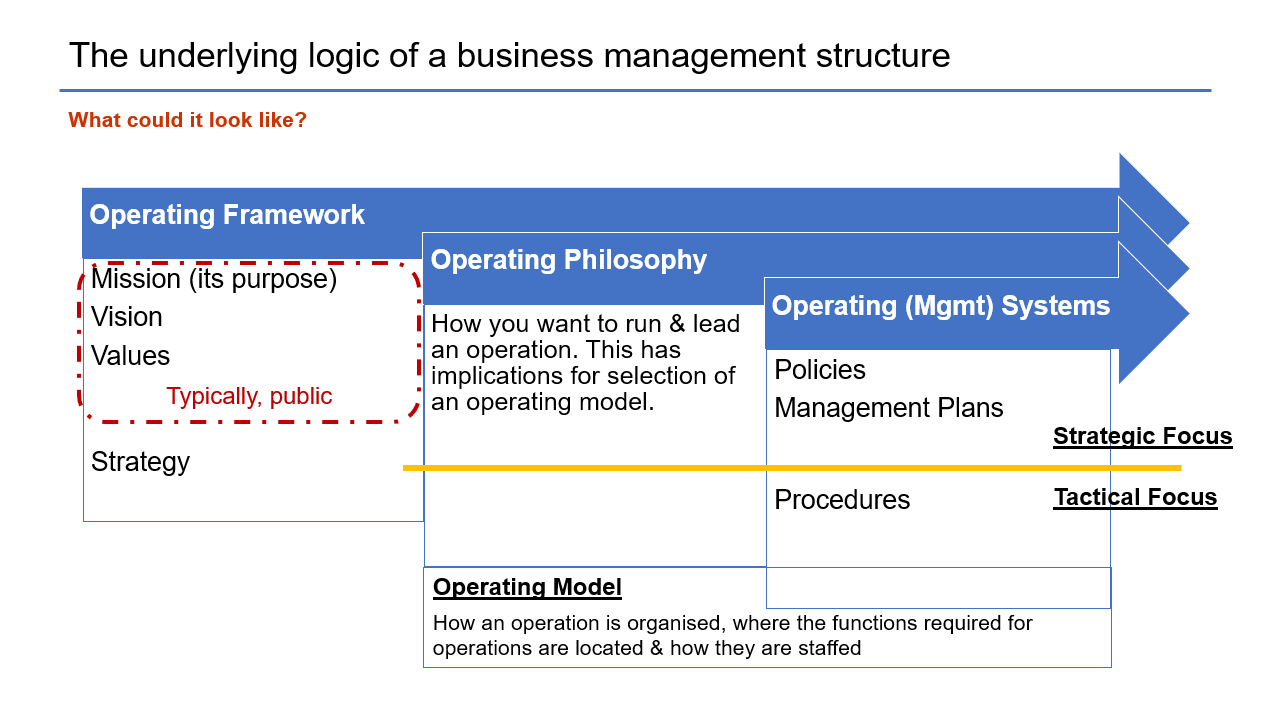 Figure 5. Business management structure: Operating Framework through to Operating Systems.
Figure 5. Business management structure: Operating Framework through to Operating Systems.
How these relationships develop and evolve requires attention in all project development phases. Clarity in these relationships is important for owners as their projects move into execution.
The connections in this business management structure provide a basis for the project’s implementation and an owner’s preparations for project readiness.
The implementation approach chosen for a project depends on the knowledge that an owner can apply and their access to:
- an appropriate business management structure; and
- people familiar with its application.
An owner’s business management structure is typically directed at outcomes that support a sustainable mining business model. Figure 6 is an illustration of such a model.
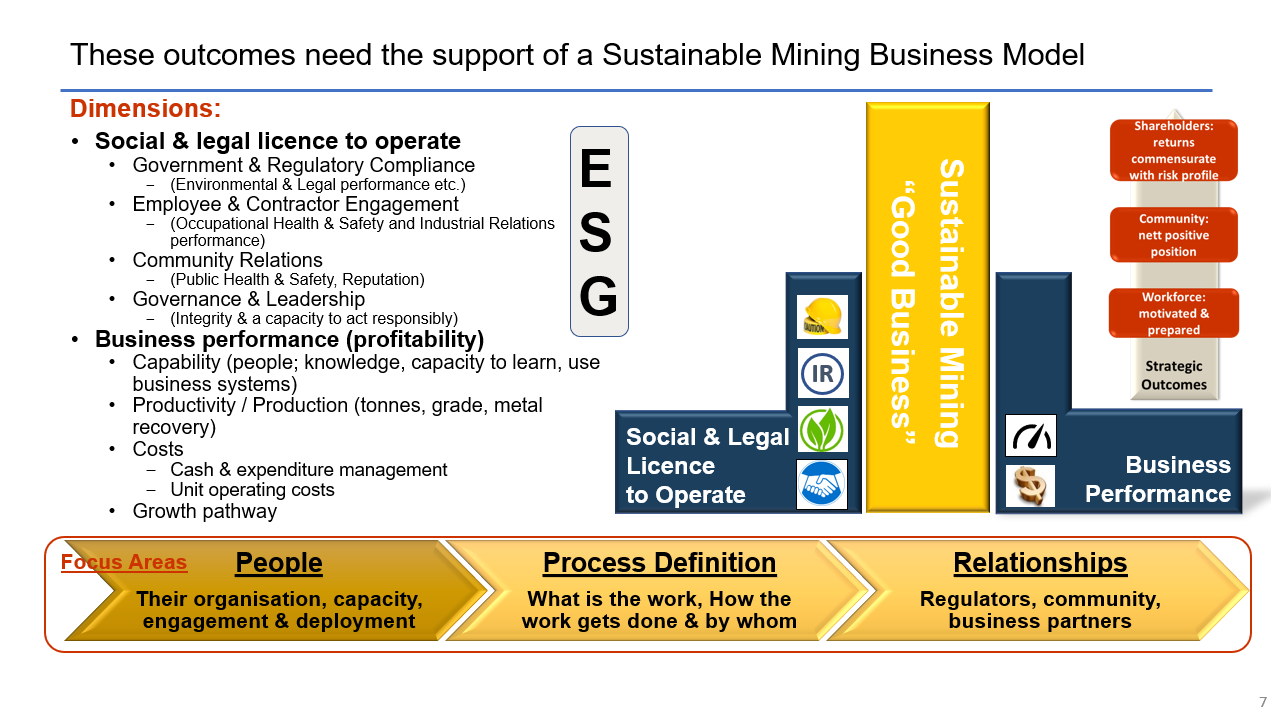
Figure 6: Sustainability for a mining business
A sustainable mining business model must consider its operational environmental and social governance (ESG). When done well, this approach will secure benefits for the business (Harvey, 2023)
This article and its reference papers advocate for three focus areas as foundations for this work: people, process definition, and the relationships needed to support a mining project’s successful development and subsequent operation.
Effectiveness in establishing and working through these focus areas underpins a project’s social license to operate and enables business performance, which ‘bookends’ a sustainable mining business model.
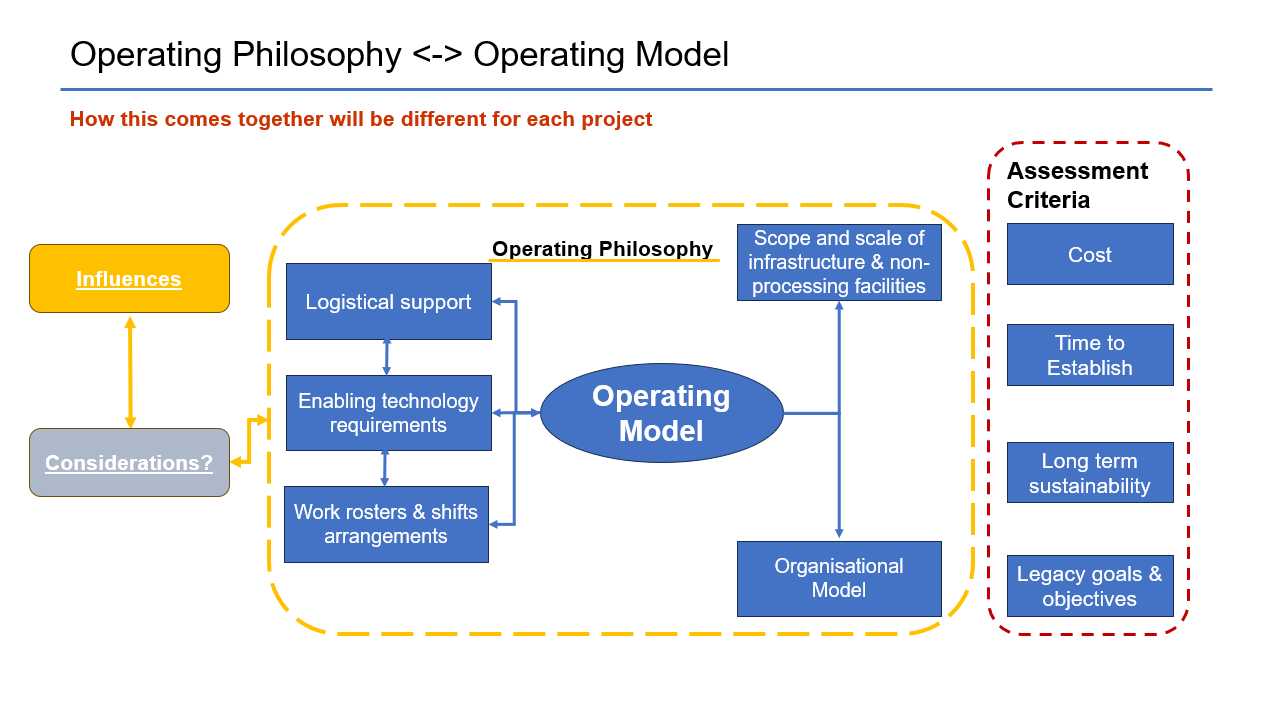
Figure 7. Operating philosophy and operating model interactions.
The operating philosophy for a particular project depends on how the owner wants to run and lead the project and subsequent operations, as informed by its operating framework (refer back to Figure 5).
The definition of an operating philosophy is more strategic in outlook, addressing ‘what’ and ‘why’ questions, and informs the development of an operating model, which is tactical, addressing’ where’ and ‘how’ questions. This may be different for each project.
The owner’s vision and values are especially important in this task, as are the influences of a project’s scale, location and ownership. (Figure 8).
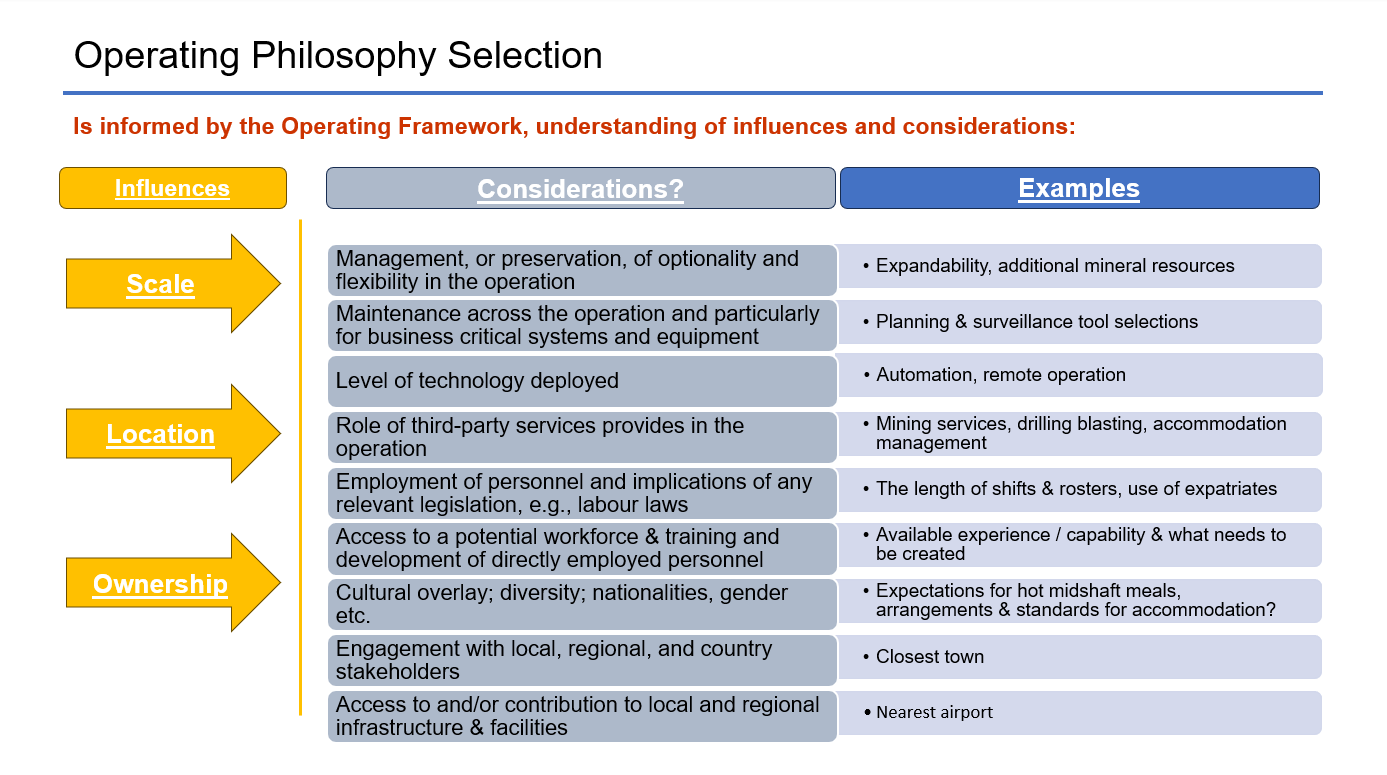
Figure 8: Operating Philosophy influences and considerations.
These vision and values act on the owner’s consideration of the:
- management of optionality and flexibility in the operation
- maintenance strategies across the operation, particularly for business-critical systems and equipment
- the level of technology deployed
- role of third-party service providers for the project or operation
- employment of personnel and implications of any relevant legislation
- training and development of directly employed personnel
- cultural overlay surrounding the project and its expectations
- engagement with local and regional stakeholders
- access to local and regional infrastructure and facilities.
For example, a project's operating philosophy determines its approach to diversity and inclusion, work rosters and shift arrangements, such as using long-distance commute (LDC) rosters and local employment.
The selection of an operating philosophy will determine the choice of an operating model. Some potential operating models are shown in Figure 9. These examples are by no means the only models available for mining projects.
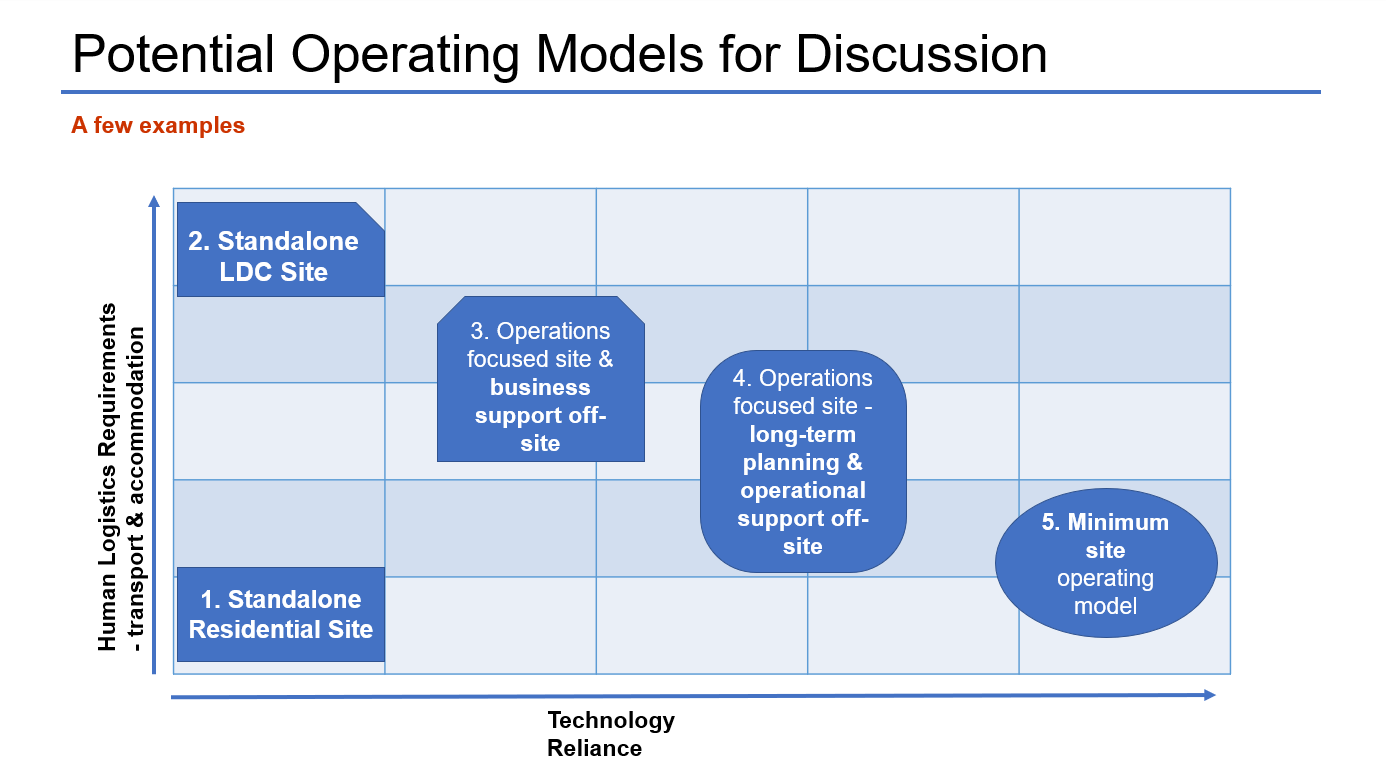
Figure 9: Possible operating models for discussion.
The selection of an operating philosophy and model are important inputs for establishing a project’s operating management systems.
Developing operating management systems for a project can take an evolutionary path as it emerges from the feasibility study into an operation.
When implementing business-critical projects, such as those associated with mass mining methods, an owner may need to transform its business operating management systems to address new technology and work methods.
It is important to maintain consistency in the structure and approach of these systems. Where reasonable and practical, documentation should have the same look and feel across the business and through these phases. Figure 10 shows the document hierarchy of an operating management system.
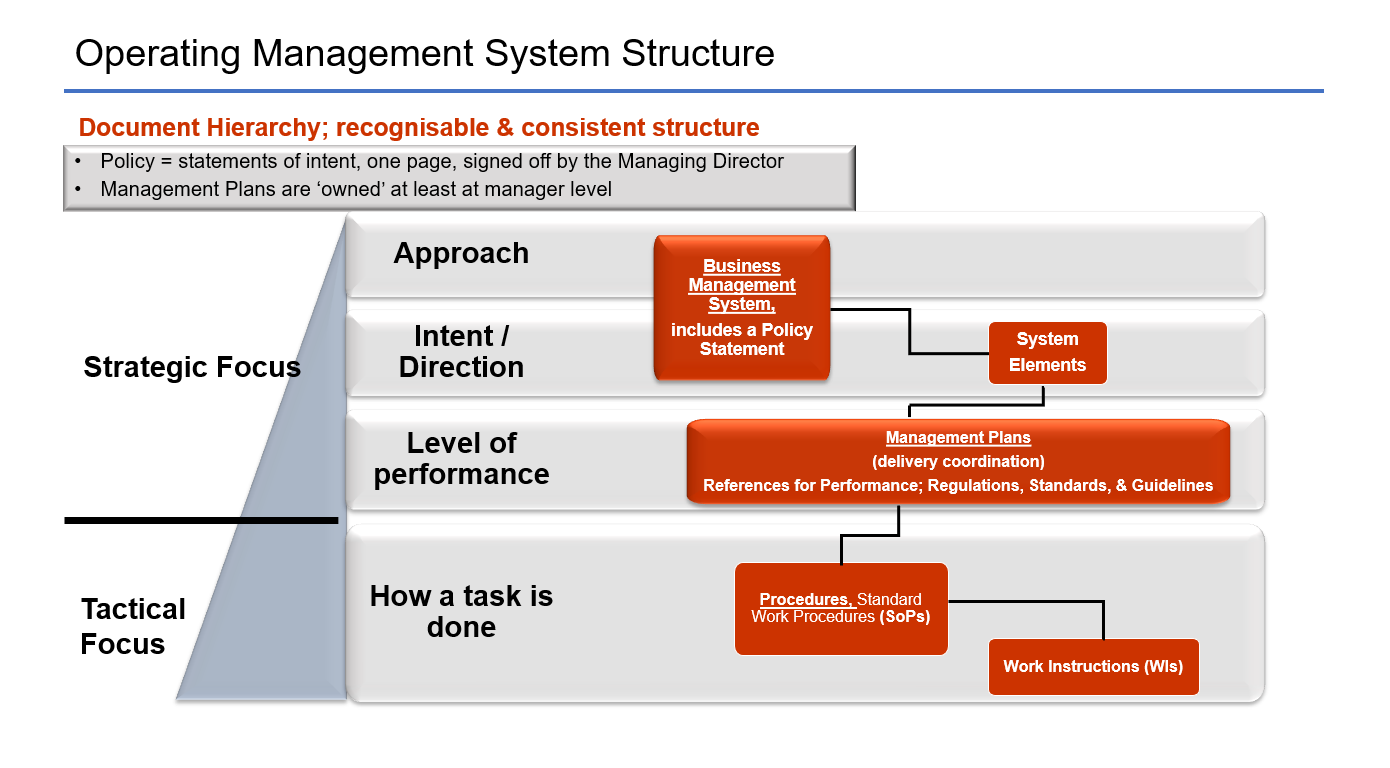
Figure 10. Operating management system document hierarchy.
An example of the operations phase is shown with five operating management systems, 24 elements, and 97 management plans (Figure 11).
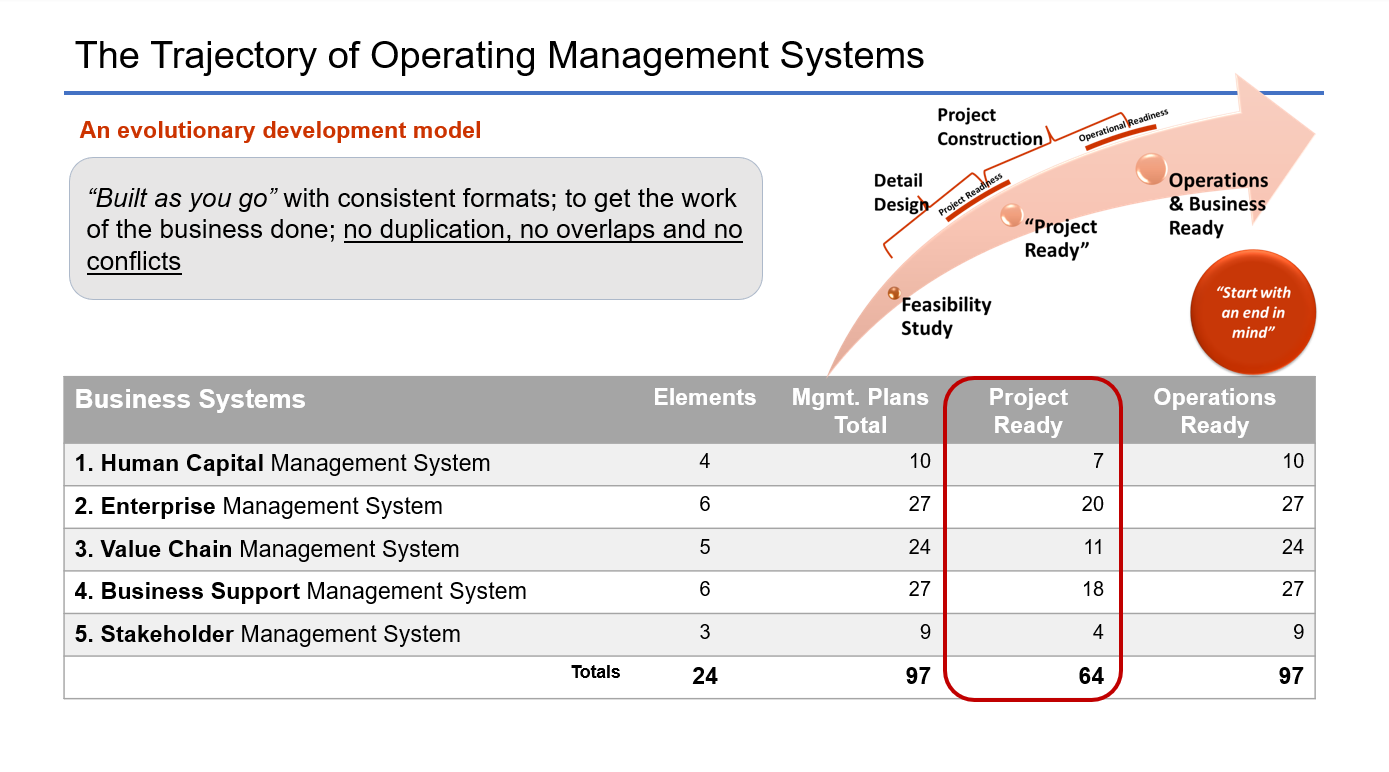
Figure 11. Example of an operating management systems framework and its evolution.
The number of management plans needed will depend on the owner’s role in the project delivery. This could be as many as two-thirds to three-quarters of all management plans required for operations.
The operating management systems anchor the development of the PEP and operational readiness plan (ORP). They evolve to meet the transition requirements between project delivery and operations.
The accountability for establishing and stewarding operating management systems rests with the owner’s directors and, by extension, its executive leadership.
It forms a crucial part of their governance and management responsibilities:
“Overseeing the design, implementation and periodic review of appropriate and effective policies, processes and codes for the organisation” (AICD, 2022).
The operating management system supports the preparation of various commercial agreements needed for the project’s implementation, including supplier, construction and mining contracts.
These systems support the owner competently and confidently managing the work described in the PEP, its expanding external communication and engagements, and communication within its organisation. This process continues to evolve as the project transitions into operation with its ORP. This relationship between all the components of project development might be more like the illustration in Figure 12.
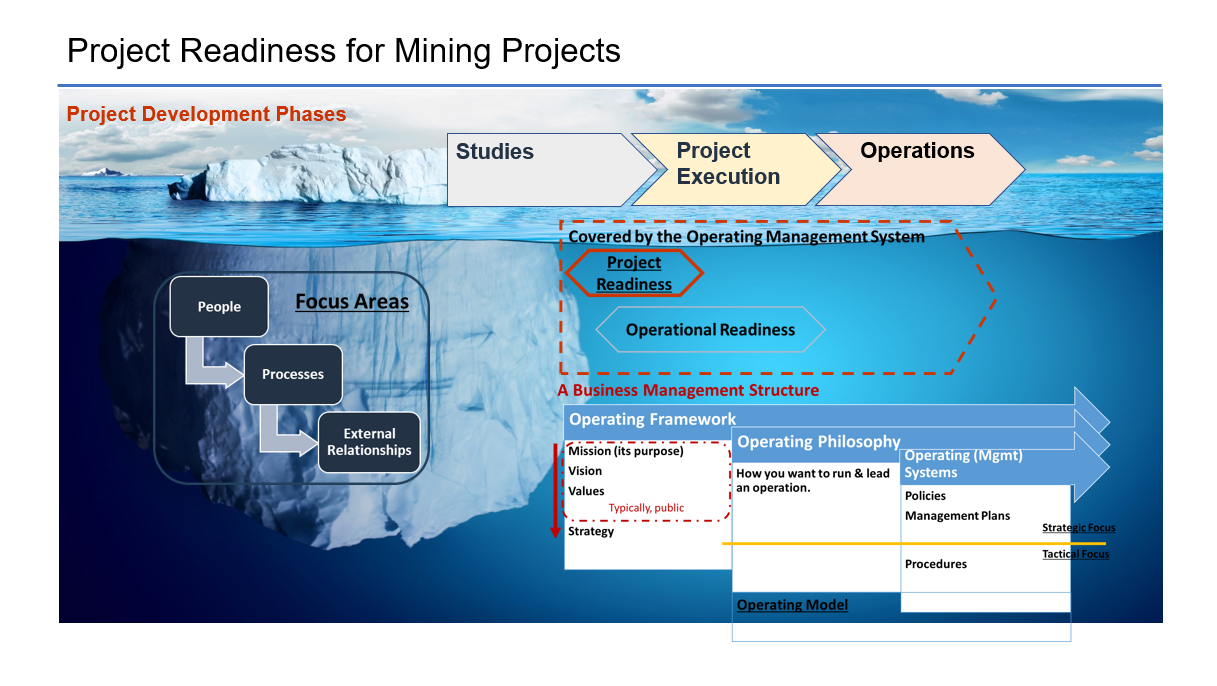
Figure 12. Project and operational readiness for mining projects.
Concluding remarks
The completion of a mining project ends cycles of preparation and execution for different teams variously focused on:
- fit-for-purpose studies, resulting in soundly conceived, engineered, and estimated (time and costs) projects
- Project Readiness Plans that realistically provide for, and are appropriate for, the owner’s project delivery role
- Operational Readiness Plans, which build on, extend from, or adapt processes applied in project delivery to establish an operation that is consistent with the owner’s risk appetite.
- Project readiness is more than a generic PEP document. A PEP needs to be project-specific and backed up by an owner’s Project Readiness preparations, which reference the owner’s business management structure and strategy.
If these components are addressed, the project owner will likely be able to fill their role competently and confidently during the project execution period.
Project and operational readiness preparation is given the best possible chance of success when started early and addressed in the feasibility study, and it remains a focus for the owner after that.
This work needs to consider:
- The owner’s identity: the vision and the values they bring to developing a project and establishing the subsequent operation, and how these inform its operating framework and strategy.
- How these influence their selection of an operating philosophy and model for the project and operation. This must be clear and requires effective communication from the commencement of the project and into operation.
- Operating management systems, identifying and providing the resources – people, time, and money – needed for their development so they have what they need before project execution starts.
To address these effectively, ‘executive leadership’ is required, as well as a focus on the people, processes and relationships needed to establish and sustain a project’s execution and eventual performance as an operation.
Central to the success of project and operational readiness is the need for a project owner to commit resources, time, and money to address these less tangible aspects of a project. This is required so they are ready when they need to be!
Beyond the project execution, project readiness processes can be shared with or evolved as part of operational readiness. Without a meaningful connection between the two, any inconsistency in an owner’s approach to readiness can result in a misalignment of processes and legacy reputation issues.
Project and operational readiness is especially important in large-scale mining projects, particularly when adopting new technology or methods. An owner's practical approach to readiness will give a project the best chance of meeting its performance targets.
This article is based on a paper presented at MassMin 2024.
References
Australian Institute of Company Directors (AICD). 2022. Director Tools: Board, Role of the board, p 2. www.aicd.com.au/content/dam/aicd/pdf/toolsresources/director-tools/board/role-of-board-directortool.pdf, accessed 18/09/2022
Cusworth, N, 2022. Personal communication, 22 February 2022
Harvey, B, 2023. Project and Operational ESG, AusIMM Bulletin, online 3 October 2023, The Australasian Institute of Mining and Metallurgy
Jahnig, D and Agoston, J, 2016. Risk management – is your capital project ready to deliver business value? A White Paper Issued by The Navigant Construction Forum™ accessed 5/10/2016
Mackenzie, W R and Cusworth, N, 2016. The Use and Abuse of Feasibility Studies – Has Anything Changed? in Proceedings Project Evaluation 2016, pp 133–148 (The Australasian Institute of Mining and Metallurgy: Melbourne).
McCarthy, P, 2003. Managing Technical Risk for Mine Feasibility Studies, Mining Risk Management Conference Sydney, NSW, 9 - 12 September 2003, The Australasian Institute of Mining and Metallurgy, pp 21 – 27
Pratt, A G L, 2023. Operational Readiness – what is it and how to get it done? The AusIMM 14th Underground Operators Conference 2023, Brisbane, Qld, pp 156-175
Pratt, A G L, 2024. Project Readiness for Mining Operations, Proceedings of the 9th International Conference on mass Mining / Kiruna / Sweden / 17-19 September 2024, Ed. D Johansson and Håkan Schunnesson, pp 1617-1643
Rey, S, 2019. Readiness: The Missing Key Between Strategy and Execution, https://trainingindustry.com/articles/strategy-alignment-and-planning/readiness-the-missing-key-between-strategy-and-execution/, accessed 17/05/2022